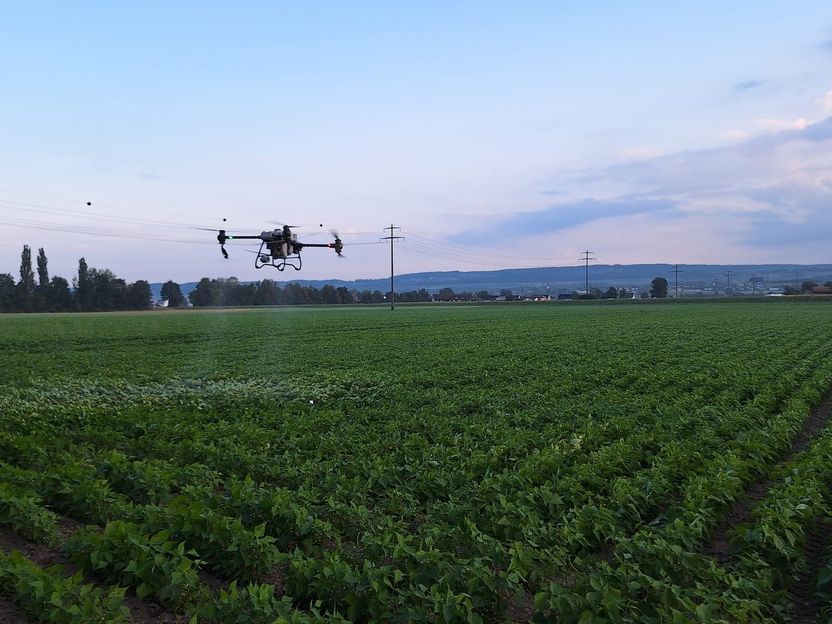Wine at risk? Virus affects global wine production
What research knows about grapevine red blotch disease
Advertisement
In the current issue of the scientific journal PLOS Pathogens Pearls, an international team led by Dr. Björn Krenz from the Department of Plant viruses at the Leibniz Institute DSMZ-German Collection of Microorganisms and Cell Cultures GmbH summarizes the current research results and open questions surrounding the globally spreading disease of grapevines.
The viral disease grapevine red blotch disease affects both wild grapevines and commercially used vines. The Grapevine Red Blotch Virus (GRBV) causes this serious disease. This viral disease was first discovered in California in the 2000s. An infection with GRBV not only impairs the quality of the grapes, in particular due to incorrect ripening caused by the influence of biochemical processes during the ripening process. "Due to the lower quality wine that is produced, affected winegrowers suffer considerable economic losses," explains Dr. Björn Krenz. "Researchers assume that GRBV originates in North America and spreads around the world as a result of unintentional transportation of infected cuttings," continues plant virologist Krenz. In addition to the use of undetected infected cuttings, the green humpbacked cicada (Spissistilus festinus) is also a possible carrier of the virus. In order to contain the spread of the virus, the current focus of research is on using GRBV-free plant material. "In regions where the disease is more widespread, winegrowers are advised to completely remove the infected vines," explains Dr. Björn Krenz.
The future of viticulture
Although considerable progress has been made in researching this disease in recent years, many questions remain unanswered. These include the actual spread of the disease, the exact way in which the virus damages the grapes and whether there are other viruses or vectors that could cause the disease. To protect the global wine industry and ensure its sustainable development, further research into the grapevine red blotch virus is essential.
Note: This article has been translated using a computer system without human intervention. LUMITOS offers these automatic translations to present a wider range of current news. Since this article has been translated with automatic translation, it is possible that it contains errors in vocabulary, syntax or grammar. The original article in German can be found here.






























































